Imagine you need an EpiPen. Your doctor prescribes it, your insurance approves it, and you head to the pharmacy. But instead of the brand-name auto-injector, you get a generic epinephrine vial and a separate generic injector. You’re told they’re the same. But when you try to use them together, the injector doesn’t click right. The needle doesn’t deploy. You panic. This isn’t a hypothetical. It’s happening to thousands of patients every year.
The problem? A branded combination product - like an EpiPen - isn’t just a drug. It’s a drug + a device, designed and tested as one unit. When generics enter the picture, regulators and pharmacies treat them like separate pieces. But they don’t work that way in real life. That’s the core issue with generic combination products: when multiple generics equal one brand, the system breaks.
What exactly is a combination product?
A combination product is anything that combines two or more types of medical components - like a drug and a device - into a single therapeutic solution. Think prefilled syringes, inhalers with built-in dose counters, insulin pens, or auto-injectors like EpiPens. These aren’t just packaged together. They’re engineered to work as one. The drug’s effectiveness depends on how the device delivers it. A poorly designed injector can mean the difference between life and death.
The U.S. Food and Drug Administration (FDA) has a specific definition: a product where components are physically combined, packaged together, or labeled for use together. The FDA assigns each combination product a Primary Mode of Action (PMOA). That’s the main reason it works. If the drug does the heavy lifting, the FDA’s drug center (CDER) reviews it. If the device is the star - like in an auto-injector - the device center (CDRH) takes the lead. This matters because it determines the approval path, the testing requirements, and who signs off on safety.
Why can’t you just swap out the drug and keep the device?
Here’s where things get messy. Traditional generic substitution laws were built for single-component drugs. If a brand-name pill has a generic version, pharmacists can swap them automatically - unless the doctor says no. It’s simple. Safe. Legal.
But with combination products, that rule falls apart. Take the EpiPen. The brand-name version has a specific auto-injector designed for the exact concentration and volume of epinephrine. A generic version might have the same drug - but a different injector. Even if both injectors are FDA-approved, they’re not interchangeable. The trigger force, needle depth, spring tension, and even the grip design can vary. That’s not a minor difference. It’s a safety risk.
The FDA’s Office of Generic Drugs says it clearly: you can’t assume a generic drug plus a generic device equals the branded combination. Each combination product must be tested as a whole. That means the generic manufacturer must prove their version performs identically to the original - not just the drug, but the entire system. This includes human factors testing: real people using the device under real conditions. If users can’t operate it correctly, it fails.
The hidden cost of complexity
Developing a generic combination product isn’t like making a generic pill. It’s like reverse-engineering a Swiss watch. The FDA requires detailed comparisons of the device’s user interface - button placement, tactile feedback, visual cues, even the sound it makes when activated. This isn’t just paperwork. It takes 18 to 24 months longer than a standard generic. And it costs $2.1 million to $3.7 million more.
That’s why only 17 companies control 83% of approved generic combination products. Most small generic manufacturers can’t afford the risk. The result? Less competition. Higher prices. Fewer options.
While over 90% of single-drug generics are available, only 12% of combination products have generic alternatives. And even then, only 38% of complex combination products have more than one generic approved. Compare that to 72% for regular generics. That’s not a gap. That’s a chasm.
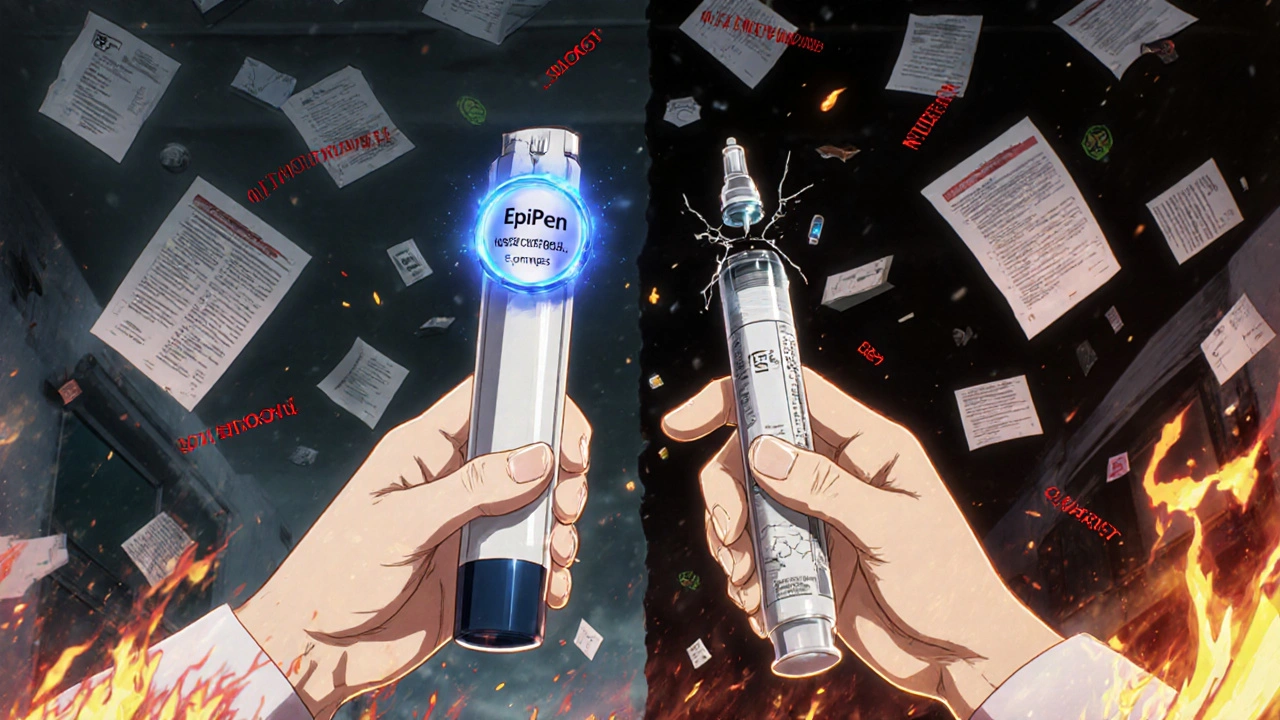
What happens when patients get the wrong combo?
Patients aren’t just confused - they’re endangered. A 2024 survey by the National Community Pharmacists Association found that 68% of pharmacists have seen patients given mismatched components. One in five patients reported getting the wrong device with their generic drug. Some ended up with a vial of epinephrine and no injector. Others got a generic injector that didn’t fit their prescription.
On Reddit, a thread titled “Why can’t my generic EpiPen substitute normally?” had over 280 comments. One pharmacist wrote: “The auto-injector device is considered part of the product. So even if you have a generic epinephrine, you need the specific generic auto-injector approved for substitution - which often doesn’t exist yet.”
Patients are paying more, too. Those who get a branded combination product pay 37% more out-of-pocket than those on standard generics. And delays are common. Doctors report treatment delays of over three business days on average because of substitution confusion. In 2023, patient advocacy groups documented 217 cases where people couldn’t access a therapeutic equivalent - up 29% from the year before.
Why isn’t the system fixing itself?
The FDA knows this is a problem. In 2024, they released new guidance on how to submit comparative analyses for generic combination products. They’ve added 32 new reviewers to their team. And they’ve launched the Complex Generic Initiative 2.0, aiming to cut approval times by 30% by 2026.
But guidance doesn’t change practice overnight. The system is still built for single-component products. State laws haven’t caught up. Most states still allow pharmacists to substitute generics based on outdated rules. California and Massachusetts are leading the charge with new laws requiring pharmacists to verify that both drug and device components are approved as a pair. But 48 states still don’t have clear rules.
Even when a generic combination product is approved, pharmacies often don’t stock it. Why? Because it’s expensive. Because they don’t know how to explain it to patients. Because the manufacturer doesn’t push it. The supply chain isn’t designed for these products.
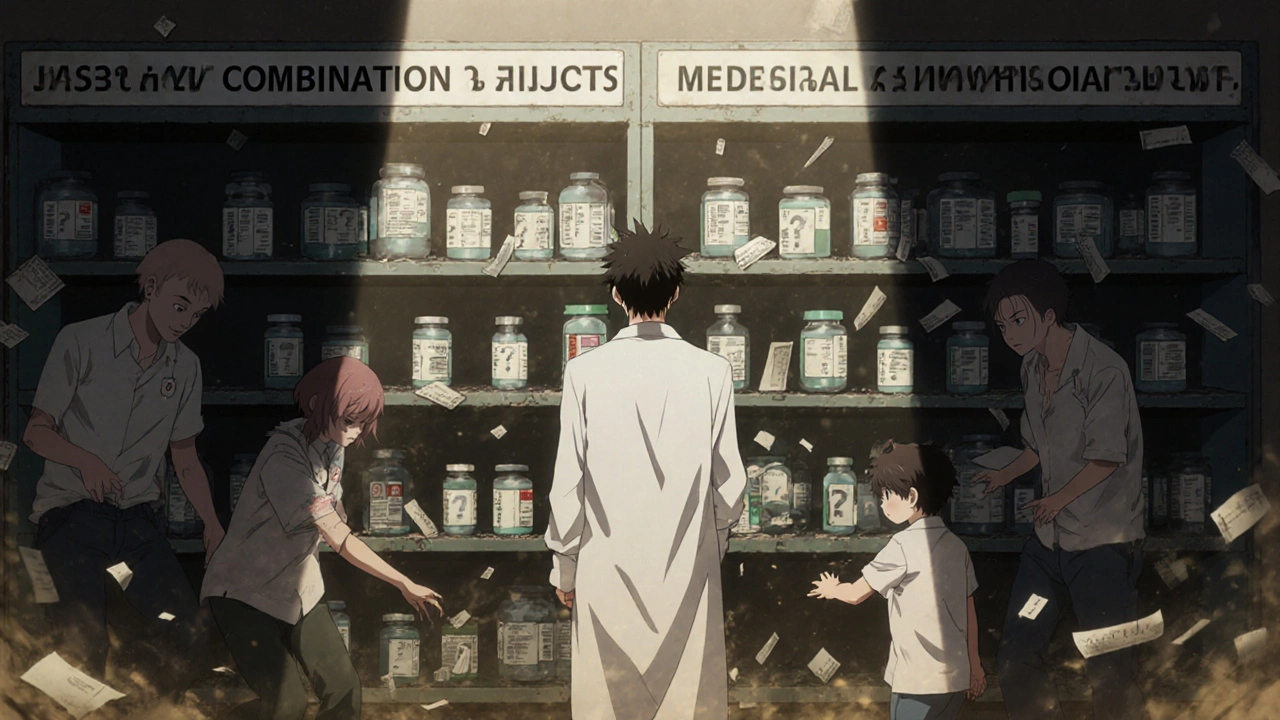
What’s the real solution?
The answer isn’t more paperwork. It’s better rules. We need a new category of substitution: “therapeutic equivalence for combination products.” That means if a generic version is approved as a complete unit - drug + device - it should be substitutable. Not just the drug. Not just the device. The whole thing.
Doctors need training. Pharmacists need clear protocols. Patients need to know what they’re getting. And regulators need to treat combination products as what they are: single therapeutic units, not two separate items.
Right now, we’re treating a heart pacemaker like a battery and a circuit board. We can replace the battery - but if the circuit doesn’t match, the device fails. We wouldn’t do that with a car. Why do it with medicine?
What patients and providers can do now
- Check the label: If you’re prescribed a combination product, make sure the pharmacy gives you the exact branded or approved generic version - not a mix-and-match. Ask: “Is this the full approved combination?”
- Ask for the product code: Every approved combination product has a unique identifier. Ask your pharmacist for it. If they don’t know what you mean, they might not be aware of the issue.
- Speak up: If you get the wrong components, report it. Contact your pharmacist, your doctor, and your state board of pharmacy. Your voice pushes change.
- Don’t assume substitution is safe: Just because something is labeled “generic” doesn’t mean it’s interchangeable. For combination products, it rarely is.
The future of combination products is growing fast. The global market is projected to hit $214 billion by 2028. But if we don’t fix the substitution system, patients will keep paying more, waiting longer, and risking harm. The technology is there. The science is there. What’s missing is the system that lets it work for the people who need it.
Can a generic drug be substituted for a branded combination product if the device is still branded?
No. Even if the drug component is generic and identical, the device is part of the approved product. Substituting a branded device with a generic drug (or vice versa) is not considered therapeutic equivalent by the FDA. The entire combination must be tested and approved as one unit. Using mismatched components can lead to improper dosing or device failure.
Why are there so few generic combination products on the market?
Because they’re extremely hard and expensive to develop. Manufacturers must prove the entire system - drug and device - works the same as the original. This requires human factors testing, comparative device analysis, and years of development. Costs can exceed $3 million, and approval takes 18-24 months longer than a standard generic. Most companies avoid the risk.
Do pharmacists know how to handle generic combination products?
Many don’t. A 2024 survey found 68% of pharmacists have encountered confusion with combination product substitutions. State laws haven’t kept up, and training is inconsistent. Pharmacists often rely on outdated substitution rules meant for single-drug generics. Patients should always ask: “Is this the full approved combination?”
Are there any generic combination products approved in the U.S.?
Yes, but they’re rare. Only 12% of combination products have generic versions. Some approved examples include generic versions of Adrenaclick (epinephrine auto-injector) and certain inhalers like Combivent Respimat. However, even when approved, multiple generics for the same product are uncommon - only 38% of complex combination products have more than one generic on the market.
How can I tell if my medication is a combination product?
Look at the packaging and prescription label. If it includes a device - like a pen, injector, inhaler, or prefilled syringe - it’s likely a combination product. Ask your doctor or pharmacist: “Is this a drug-device combination?” You can also check the FDA’s Orange Book or contact the manufacturer directly. If the product requires a specific device to work, treat it as a single unit.

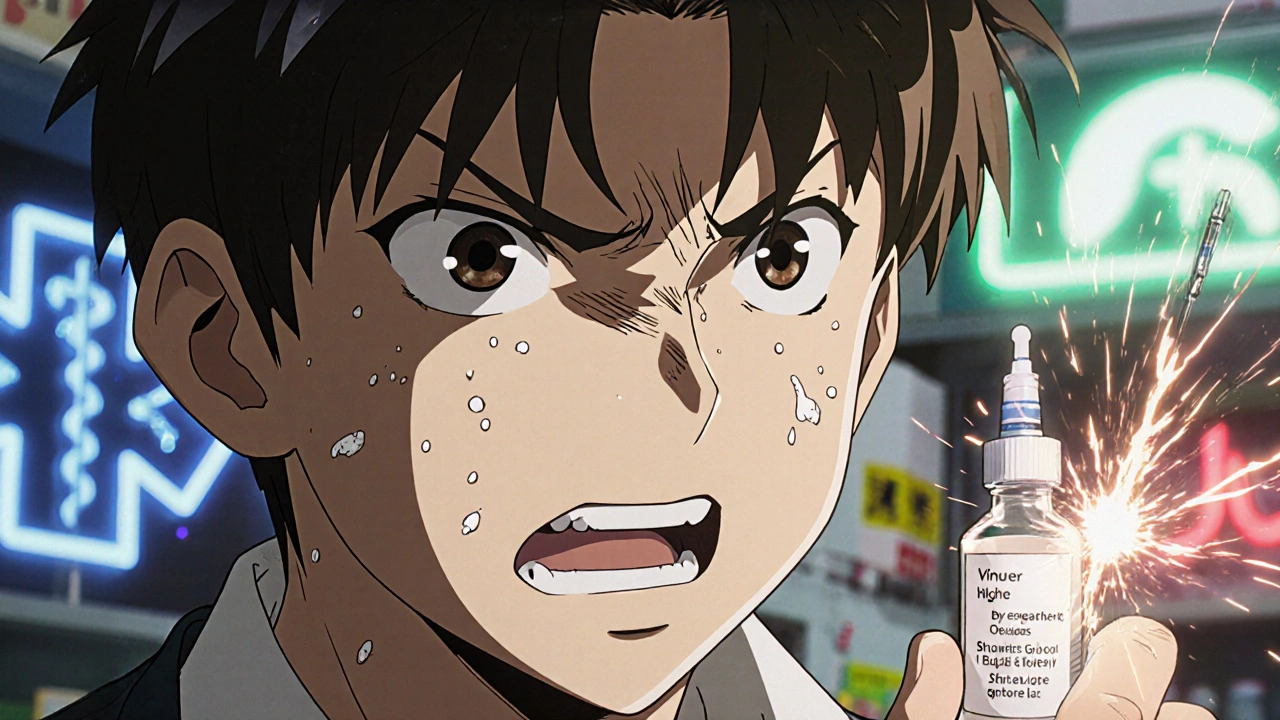

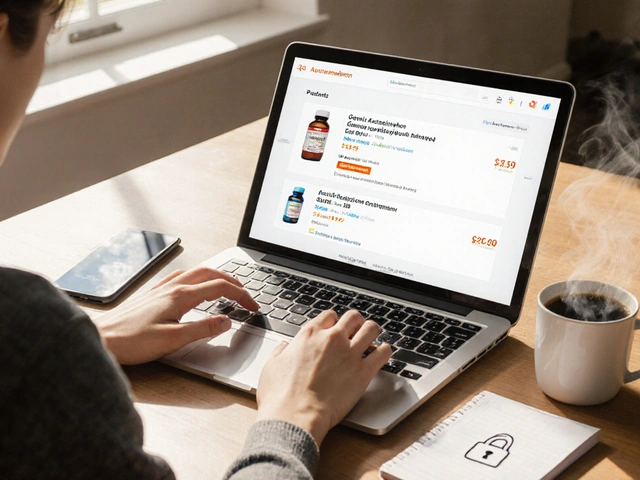

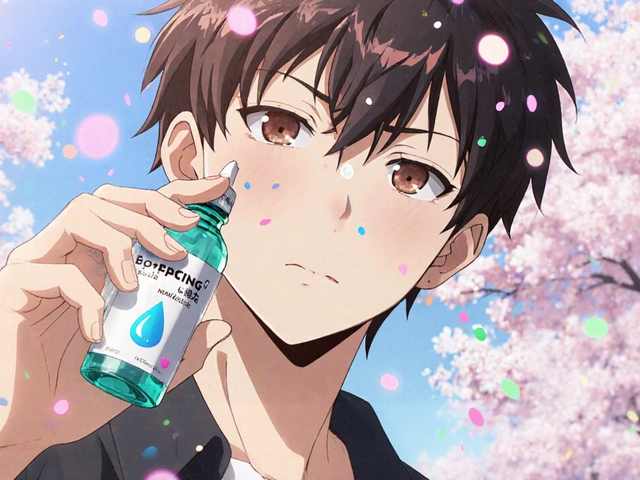
Linda Rosie
November 23, 2025 AT 01:10Just got my generic epinephrine vial yesterday. No injector. Called the pharmacy. They said, 'Oh, we don't stock the device yet.' I had to drive 20 miles to another location. This isn't convenience-it's dangerous.